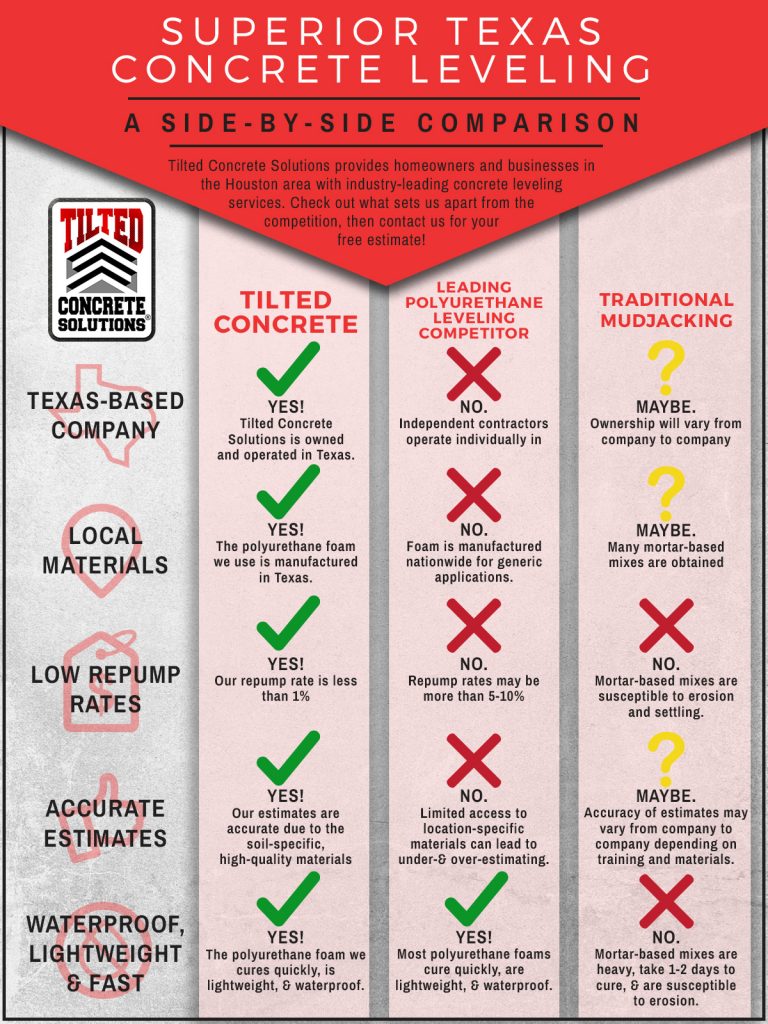Exactly How Climate Condition Can Impact Your Outside Painting Task
Exactly How Climate Condition Can Impact Your Outside Painting Task
Blog Article
Post Author-Hermann Handberg
Recognizing just how weather can influence the result of an external paint endeavor is critical for achieving a flawless surface. From temperature changes modifying paint bond to humidity degrees impacting drying times, each element of climate plays a significant function in the success of your task. Furthermore, wind speed and rainfall can introduce unexpected challenges that may jeopardize the quality of the result. As we browse through the nuances of climate's influence on exterior paint, it becomes evident that precise planning and tactical timing are crucial for ensuring an expert and long lasting end result.
Suitable Temperature Level Array for Painting
When considering outside paint projects, the perfect temperature range plays a crucial function in accomplishing optimal outcomes. Painting in the right temperature level conditions guarantees that the paint sticks correctly to the surface area, dries evenly, and cures efficiently. Generally, the recommended temperature variety for outside paint is between 50 to 85 levels Fahrenheit.
Painting in temperature levels below 50 levels Fahrenheit can result in problems such as poor paint attachment, long term drying times, and an increased chance of cracking or peeling.
On https://www.architecturaldigest.com/story/how-to-paint-a-room-10-steps , paint in temperature levels above 85 levels Fahrenheit can create the paint to completely dry as well swiftly, resulting in blistering, gurgling, and an unequal surface.
To accomplish the very best outcomes, it is essential to examine the weather report prior to beginning an exterior paint task. Ideally, goal to paint during light climate condition with moderate temperature levels and low moisture levels.
Effects of Moisture on Paint Drying
Humidity levels significantly affect the drying out procedure of paint put on exterior surface areas. High humidity can prolong the drying time of paint, bring about prospective issues such as leaking, spotting, or perhaps the development of bubbles on the repainted surface. Excess wetness airborne decreases the dissipation of water from the paint, impeding the healing process. This is specifically troublesome for water-based paints, as they depend on dissipation for drying out.
On the other hand, reduced moisture levels can likewise impact paint drying out. Exceptionally dry conditions might create the paint to completely dry also rapidly, resulting in bad bond and a harsh coating. In such cases, adding a paint conditioner or spraying a fine haze of water in the air can help manage humidity levels and boost the paint end result.
To guarantee optimum drying out problems, it is recommended to repaint when the moisture degrees range between 40% and 50%.
Tracking moisture degrees and taking ideal steps can assist achieve a smooth and durable paint coating on outside surfaces.
Wind and Precipitation Considerations
Wind speed and rainfall are essential elements that significantly affect the success of an exterior paint job.
When https://interior-painters-near-me55322.blogsidea.com/40293689/the-success-of-a-painting-job-is-mostly-figured-out-by-one-vital-element-that-is-frequently-neglected-and-it-can-make-a-remarkable-distinction pertains to wind, both rate and direction are vital factors to consider. High wind speeds can trigger paint to completely dry as well rapidly, resulting in a poor do with possible issues like cracking or irregular structure. In addition, wind can carry debris that may comply with the damp paint, causing blemishes. As a result, painters need to aim to work on days with light to moderate winds for optimum painting problems.
On the other hand, precipitation, whether rain or snow, can be incredibly detrimental to the end result of an external paint job. Moisture from precipitation can hinder paint adhesion, triggering peeling off and bubbling over time. It is critical to prevent paint throughout wet or snowy weather condition to guarantee the long life and high quality of the paint job. Painters should likewise enable ample time for the surface area to dry completely after any precipitation before beginning or resuming the paint process.
Conclusion
In conclusion, climate condition play a considerable role in the end result of an external painting job. The perfect temperature level range, humidity degrees, wind speed, and rainfall all contribute to the success or failure of the paint job.
It is necessary to think about these factors and strategy appropriately to make sure correct paint attachment, drying times, and total high quality of the completed product.
